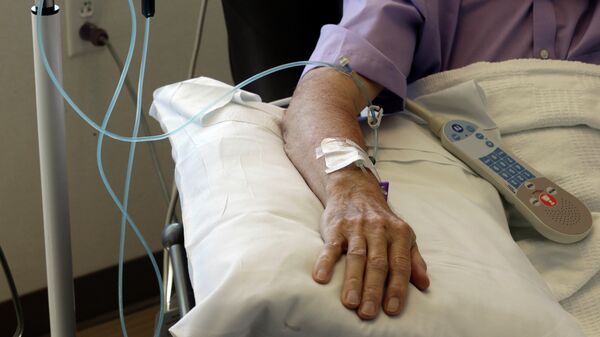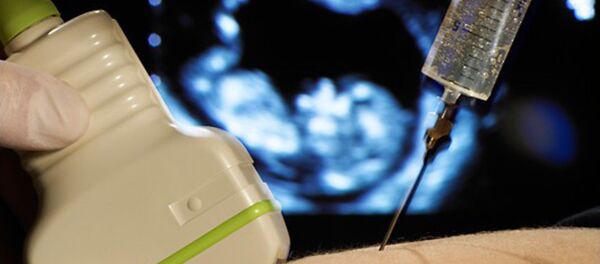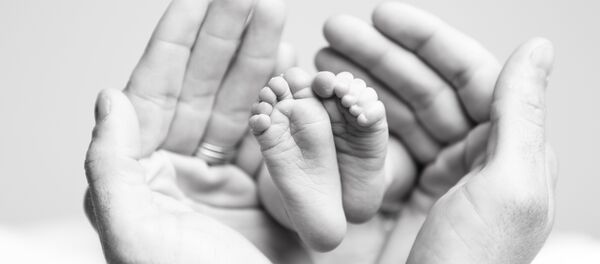Human females are born with a finite supply of eggs, and as they age the viability of the eggs slowly degrades. It has been commonly held that it is impossible for a human female to replenish her supply of eggs, and thus fertility must approach zero as the body ages. However, patients treated with ABVD in Edinburgh’s study had between four and ten times as many eggs as a typical healthy female of their age group.
Scientists are baffled as to why this occurred. Evelyn Tefler, the study’s lead researcher, told The Guardian that they attempted the study to examine if ABVD damaged fertility, as most chemotherapy drugs do. Reportedly, the exact opposite is true.
Tefler speculated that the egg increase could have resulted because "the harshness of the treatment triggers some kind of shock effect or perturbation which stimulates the stem cells into producing new eggs."
Alternatively, the eggs had always been there, and ABVD activated them rather than created them. Tefler claims that the sheer number of eggs makes this scenario unlikely.
In all cases the ovarian tissue surrounding the eggs was healthy and undamaged. "The tissue looked more like that of pre-pubescent than adult ovaries. It wasn’t just the fact that there were more immature eggs, it was the way they were organised and clustered," said Tefler.
Eggs in women treated with ABVD were not mature and were not ready to be fertilized, at least not yet, and rapidly producing new eggs will not result in a practical impact, if those eggs never reach the stage where they can become a zygote that will eventually become a fetus.
The study examined the tissue of just fourteen women, not nearly enough to prove ABVD to be an effective fertility drug for widespread distribution. The scientific community’s response to the study has been divided, with some cautiously seeing it as a highly-promising step in the field of fertility research while others are suggesting that the results are, at best, misleading and inconclusive.
Professor Charles Kingsland, a gynecologist with Liverpool Women’s Hospital, called the study "extremely interesting" and added that it "may give an insight as to how the ovary can make new eggs, which previously we thought was impossible." Meanwhile, Professor David Albertini of New York’s Center for Human Reproduction, told The Guardian that the results were more likely a curiosity than a discovery.
Tefler has observed that the research is in the beginning stages, and that she is excited to see what results will be revealed through additional testing. "We're at very, very early stages at the moment in terms of understanding the whole process, but it gives us a springboard to allow us to follow through in this research," she told the New Zealand Herald.
ABVD is a drug for treating Hodgkin’s Lymphoma. As with all chemotherapy drugs, it has intense side effects, including hair loss, vomiting, lung damage, and treatment-induced leukemia. If a fertility drug can be derived from ABVD that increases a woman’s count of viable eggs, it would be a massive breakthrough in the field of reproductive health.




